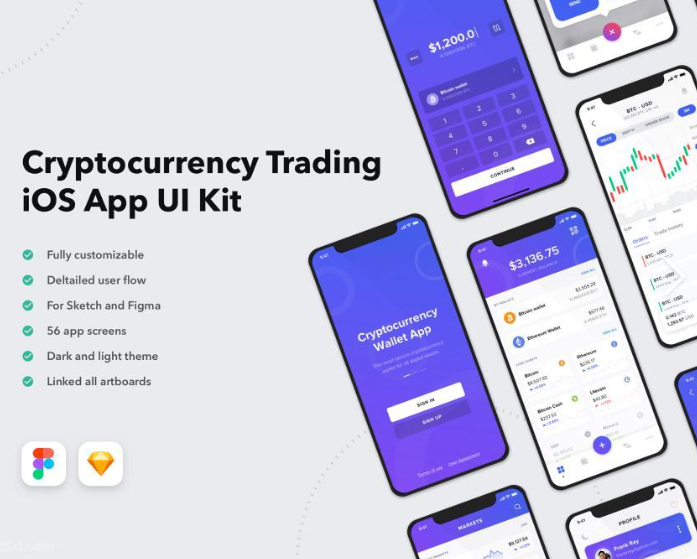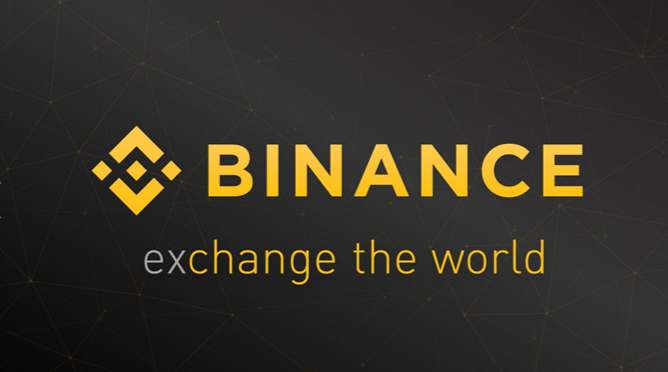Imagine this: You’re sipping your coffee, casually scrolling through your phone, and suddenly you notice that Bitcoin's price has surged. You can’t help but feel that you've just hit the jackpot. But how do you actually buy crypto in this opportunity-rich market? Whether you’re a complete newbie or someone with a bit of knowledge but unsure where to start, don't worry! Today, we’re going to provide you with a clear, easy-to-follow guide that will help you step into the world of cryptocurrency investing. From selecting the right exchange to mastering buying tactics, let’s unravel the mysteries of crypto investment together.
1. Understand Cryptocurrency
Before making any purchases, it's essential to have a basic understanding of cryptocurrency. Cryptocurrency is a digital asset that uses cryptography for secure transactions and controls the creation of new units. The most well-known cryptocurrency is Bitcoin, but there are thousands of other coins on the market, such as Ethereum, Litecoin, and many more. Before deciding to invest, you should research the characteristics, market performance, and underlying technologies of different coins.

2. Choose an Exchange
Choosing a reliable exchange is the first step to successfully buying cryptocurrency. There are many exchanges available, each with its advantages and disadvantages. Here are key points to help you select the right platform:
Security: Ensure that your exchange has high-level security measures, such as two-factor authentication (2FA) and cold storage for funds.
User Experience: Opt for a platform that has a user-friendly interface and is easy to navigate, especially important for beginners.
Fees: Each exchange has its trading fee structure; comparing different platforms can help you minimize costs.
Supported Coins: Make sure the exchange supports the coins you wish to buy. Some exchanges only support a limited number of major coins, while others provide a wider selection.
Customer Support: Quality customer support can help you resolve issues encountered during trading. Choose exchanges that offer multiple channels of communication.
3. Register an Account
Once you've chosen an exchange, the next step is to register an account. The registration process typically involves providing some basic information and verifying your identity. Depending on the exchange, you may need to upload identification documents (like a driver’s license or passport) and prove your address to comply with KYC (Know Your Customer) regulations.

4. Deposit Funds
After registration, you need to deposit funds into your trading account. Most exchanges allow you to fund your account via bank transfer, credit card, or even other cryptocurrencies. Some platforms also permit payments through third-party services like PayPal. When depositing, ensure you choose the appropriate payment method and understand any applicable fees.
5. Choose a Buying Strategy
Now that you have funds in your account, it’s time to consider your buying strategy. Common strategies include:
Lump-Sum Investment: Invest a large sum of money at once, suitable for investors confident in market conditions.
Dollar-Cost Averaging (DCA): Invest a fixed amount at regular intervals, minimizing the impact of volatility, which is ideal for long-term holders.
Technical Analysis: Learn some basic technical analysis techniques, such as studying price charts and trading volumes to determine the best buying times.
6. Place an Order
On the exchange interface, you’ll find a "Buy" function. Enter the quantity and price you wish to buy (you can also choose a market order for an immediate purchase). After placing your order, funds will be deducted from your account, and the purchased coins will be deposited into your trading wallet.

7. Secure Storage
While purchasing coins on exchanges is convenient, keeping your cryptocurrencies there is not the safest option. To better manage your risk, you should transfer your assets to a secure wallet. There are two main types of wallets:
Hot Wallets: Online wallets, convenient for transactions but less secure, suitable for short-term holdings.
Cold Wallets: Offline wallets, highly secure and better for long-term storage. Hardware wallets (like Ledger and Trezor) are a great choice for cold storage.
8. Continue Learning
The cryptocurrency market is ever-changing, and investors need to keep learning and adapting. Stay tuned to industry news, market trends, and technological advancements, participate in online and offline discussions, and engage with other investors to enhance your knowledge.
Conclusion
By following these steps, you’ve grasped the essential knowledge of how to buy cryptocurrencies easily. Investing in cryptocurrencies is an exciting journey filled with opportunities and challenges; always maintain vigilance and conduct thorough research. Remember, keeping up with market dynamics and continuous learning are key to success in this rapidly evolving field. We hope this article helps you take your first step into cryptocurrency investment. Good luck!
















No comments yet